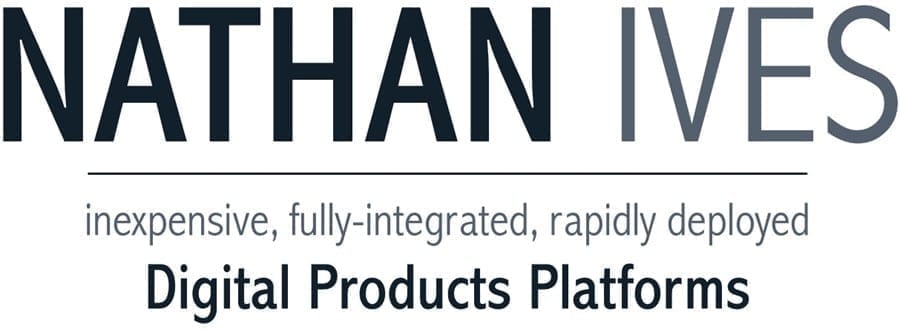How startups can use reverse mergers to go public

But the single largest reason for a private firm to seek to become publicly listed is in order to raise capital. When it comes to fulfilling this end, the usual route to going public involves an initial public offering, also known as an IPO. IPOs can confer great benefits on companies that are able to go through them. They are usually able to raise large amounts of capital that otherwise would never have been available to the firm that is going public. But IPOs also come with some steep costs and excessive risks. In this article, we’ll look at why a startup might not want to go with an IPO and how a company that still desires to become publicly traded can use what’s referred to as a reverse merger to get nearly all of the benefits of an IPO with almost none of the costs or risks.
Buying versus selling
One of the chief concerns that any entrepreneur may have when considering an IPO is that they are effectively selling their company. In this case, rather than the buyer being another individual or a company, it is instead the total investors who buy into the initial public offering. While this may sound a bit abstract, the consequences are very real in terms of ownership and retention of control. There are many instances where entrepreneurs take their companies public only to later end up being thrown off the board of directors or fired from other executive roles. In fact, this is precisely what happened to Steve Jobs at Apple, the company he founded.
On the other hand, a reverse merger doesn’t suffer from this drawback. A reverse merger involves the startup acquiring an already-existing firm that is already publicly traded. In most cases, this firm will be some form of shell company. At the most fundamental level, the difference between an IPO and a reverse merger is that an IPO is selling the company being taken public while the reverse merger is simply buying the shell company that is already public.
This has a number of major advantages, many of which may not at first be obvious. The clearest advantage of taking a company public by acquiring another already-public company is that the principals of the startup get to retain nearly the same level of control that they enjoyed before the merger. At the same time, they can save tremendous amounts of money and avoid the huge inherent risks in attempting to take their company public through an IPO.
IPOs have huge costs and risks
Another one of the most compelling reasons that smaller startups may choose to go with a reverse merger rather than an IPO is because of the enormous costs and risks associated with initial public offerings. A typical IPO can take a year or more to complete. And going public always requires hiring a team of highly specialized mergers-and-acquisitions lawyers. The company will also need to hire an investment bank to handle the underwriting of the deal. Both lawyers and bankers are required on every IPO deal due to the sheer complexity that often arises. Because IPOs involve the complete restructuring of the company’s ownership, there are many details that need to be ironed out. Old debt holders need to be paid off and new debt is almost always issued, usually with complex seniority hierarchies and special debt instruments such as convertible bonds. The issuance of stock options, warrants and other special equity instruments are also common. In general, these are deals that only highly competent professional lawyers and bankers are qualified to handle.
Because there is always a significant risk of the deal not being completed, the majority of these fees cannot be structured on a contingency basis. This means that the company going public will have to foot the bill out of its cash flow and reserves. With such costs running into the tens of millions of dollars, it becomes impossible for the majority of small firms to foot the bill for these requirements. And worst of all, many IPOs never get completed due to market downturns. When this catastrophic result happens, it usually means that all of the time and money spent preparing for the IPO have been wasted.
On the other hand, reverse mergers can avoid all of these problems. Although it sounds somewhat exotic, a reverse merger is really a very simple transaction. It is simply one company acquiring another, usually paying in company stock. Another feature of reverse mergers, which is usually but not always the case, is typically that the acquiring company is worth vastly more than the target of acquisition. This means that a simple tender offer usually suffices to complete the deal.
Such transactions can be completed in as little as 30 days and for as little as $200,000 or less. Compare that with the more than a year and up to tens of millions of dollars that a typical IPO requires. Clearly the reverse merger is the superior option for the small startup on a cost-comparison basis alone. But there is an even more compelling reason why a startup might want to consider the reverse merger option.
Public companies are worth a lot more
A quick glance at a site like Empire Flippers will show that many solid internet businesses are only being valued at around the three-times-earnings mark. By contrast, many of the largest publicly traded tech companies that operate in the same industry as the private businesses for sale on Empire Flippers are valued at up to 40 times earnings. Such vast disparities in valuation may not be typical across all businesses and industries, but it illustrates the principle that public companies are often worth far more than private companies by virtue of the very fact that they are publicly traded.
This can become a powerful advantage for reverse mergers. Once a private company goes public, it may find that a few years down the road it is valued at three or even four times what it was as a private company. At that point, it becomes possible to raise massive amounts of capital without having to seriously dilute ownership. This is the real power of reverse mergers. And if the reverse merger has been carried out right, this is a result that can reliably be attained.
About the Author
This article was written by Delancey Street, a nationwide real estate lender that provides private money loans to real estate developers. We use artificial intelligence to reduce the time it takes to provide borrowers with an answer by almost 200%.

 Nothing can be more exciting for an entrepreneur than watching their business attract many customers, increase its profit margin, and develop a positive reputation. However, business growth can prove a challenge if you do not have the knowledge, tools, and experience to scale your startup.
Nothing can be more exciting for an entrepreneur than watching their business attract many customers, increase its profit margin, and develop a positive reputation. However, business growth can prove a challenge if you do not have the knowledge, tools, and experience to scale your startup. The market offers a lot of opportunities for small businesses to thrive at the moment. There are more chances to expand than ever before, despite many market uncertainties. You have the internet turning the world into one global market and allowing you to tap into more potential customers.
The market offers a lot of opportunities for small businesses to thrive at the moment. There are more chances to expand than ever before, despite many market uncertainties. You have the internet turning the world into one global market and allowing you to tap into more potential customers. Starting or maintaining a small business is challenging and risky: your limited resources mean that your company is more susceptible than most to the tosses and turns of torpid financial tides. However, with the right planning towards optimal efficiency, you’ll be able to turn your small business into a profitable and risk-free enterprise that’s based on savvy decision-making and mature financial planning. This article depicts such a strategy for small businesses hoping to absolutely maximize their potential is often busy and turbulent marketplaces.
Starting or maintaining a small business is challenging and risky: your limited resources mean that your company is more susceptible than most to the tosses and turns of torpid financial tides. However, with the right planning towards optimal efficiency, you’ll be able to turn your small business into a profitable and risk-free enterprise that’s based on savvy decision-making and mature financial planning. This article depicts such a strategy for small businesses hoping to absolutely maximize their potential is often busy and turbulent marketplaces. StrategyDriven is proud to introduce Nathan Ives as our newest Trusted Services Partner!
StrategyDriven is proud to introduce Nathan Ives as our newest Trusted Services Partner!